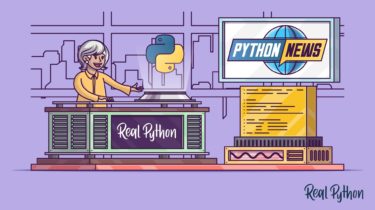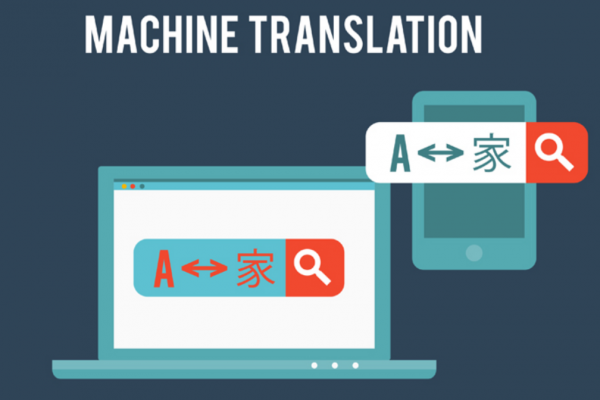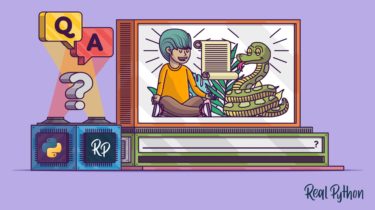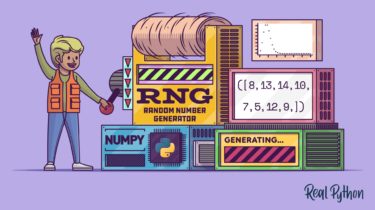Python News: What’s New From May 2023
May 2023 was an important month for Python, as the upcoming Python 3.12 version is now feature complete. You can dig into a lot of information about Python and its development by reading the coverage of the Language Summit and watching videos from PyCon US. Modular has announced a new programming language that’s based on Python. Grab a cup of your favorite beverage and sit down with the most important Python news from the last month. Python 3.12 in Beta […]
Read more






